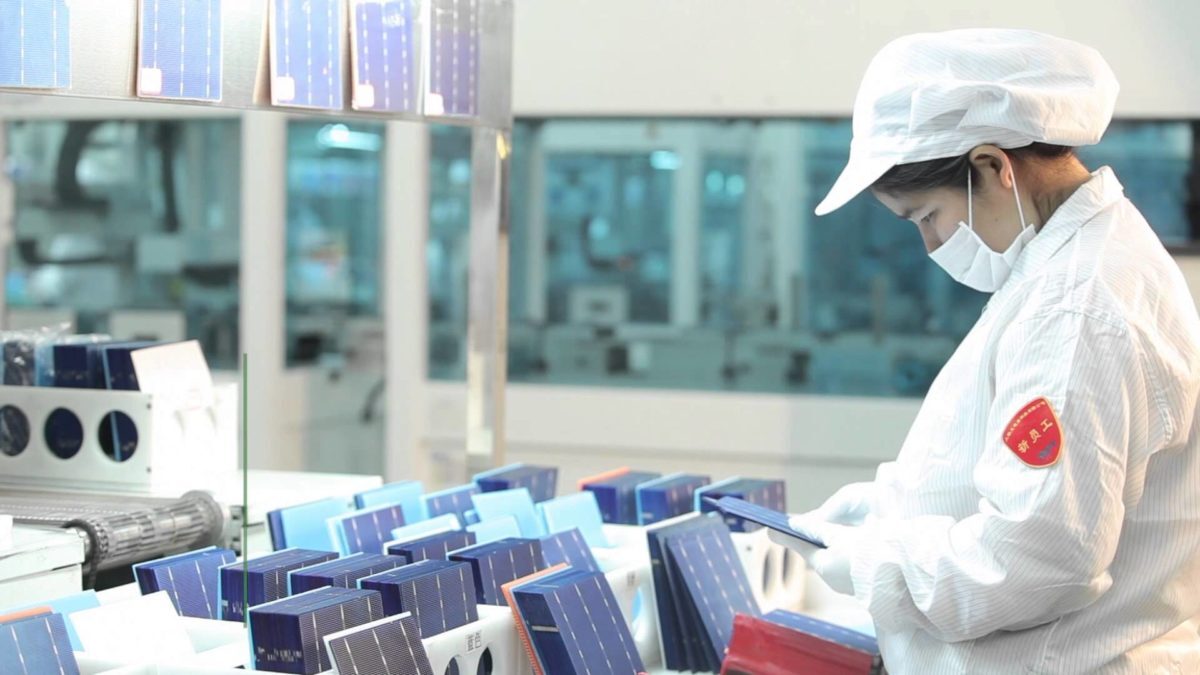Ingeteam, a Spanish solar inverter specialist, has supplied its central inverter solutions to five solar parks in Brazil, totaling 150 MW of PV capacity.
The agreement saw Ingeteam ship two different configurations of its 1,500 Vdc central inverter station to the northern part of the state of Sao Paulo, where the solar project is located. One such type of inverter was a 4.5 MW station that comprises a 3 MW dual inverter with a 1.5 MW central inverter.
Also shipped was the smaller 3 MW station, which is equipped solely with a dual inverter. Both iterations of the Ingeteam solution come complete with a metal platform that comprises the necessary technology to inject medium voltage power to the Brazilian grid, namely: LV/MV transformer, oil deposit, medium voltage switchgear, auxiliary services transformer, and low voltage switchgear.
The Ingecon Sun EMS Plant Controller – an Ingeteam-developed control system that enables the solar farms to implement on-demand production strategies, frequency regulation and reactive power compensation – were also supplied as part of the arrangement.
In rapidly expaning solar markets such as Brazil, the ability of large PV plants to help manage grid load is increasingly vital, hence Ingeteam’s insistence on supplying such grid-smoothing capabilities with its inverters.
Ingeteam said that its plant controller system allows solar farms to operate in a similar manner to a conventional energy generation plant. The five solar farms will host a total of 30 inverter stations, and are expected to be fully operational before the end of the year.
This content is protected by copyright and may not be reused. If you want to cooperate with us and would like to reuse some of our content, please contact: editors@pv-magazine.com.



1 comment
By submitting this form you agree to pv magazine using your data for the purposes of publishing your comment.
Your personal data will only be disclosed or otherwise transmitted to third parties for the purposes of spam filtering or if this is necessary for technical maintenance of the website. Any other transfer to third parties will not take place unless this is justified on the basis of applicable data protection regulations or if pv magazine is legally obliged to do so.
You may revoke this consent at any time with effect for the future, in which case your personal data will be deleted immediately. Otherwise, your data will be deleted if pv magazine has processed your request or the purpose of data storage is fulfilled.
Further information on data privacy can be found in our Data Protection Policy.